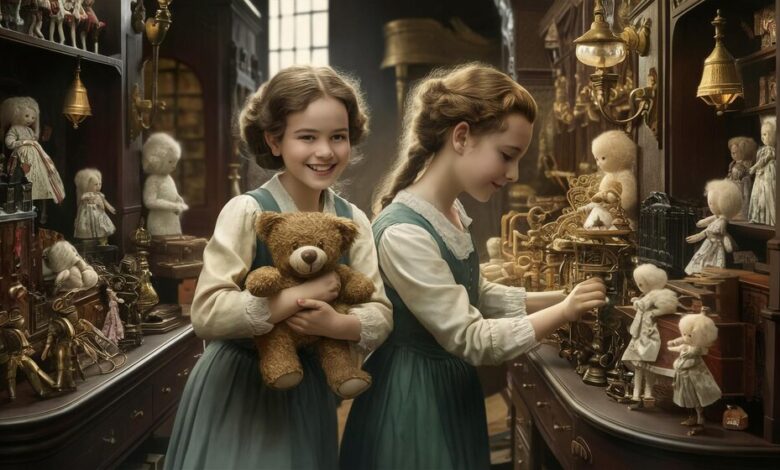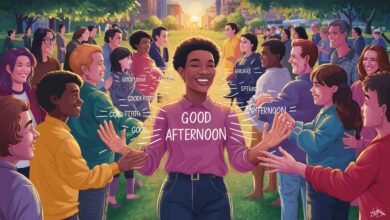From Childhood Memories to Collectible Gems Skipper Dolls Through the Ages

Growing up with Skipper dolls is a cherished memory for many, capturing a time of innocence, imagination, and discovery. For toy collectors and vintage enthusiasts, these dolls are not just playthings but symbols of nostalgia. This article explores the fascinating history of Skipper dolls, the emotional pull they have on fans, and the evolution they underwent over the years. Let’s take a trip down memory lane and uncover the legacy of Barbie’s beloved younger sister.
The Rise of Skipper Dolls as Iconic Figures
The Skipper doll was introduced in 1964 as Barbie’s little sister, offering a new dimension to the popular Barbie line. Aimed at young girls, Skipper quickly became an iconic figure in her own right. She represented a more relatable, younger version of Barbie, allowing children to engage with a character closer to their age.
This connection resonated deeply with kids who saw Skipper as both a friend and role model. Her introduction marked a significant expansion in the world of Barbie dolls, influencing future toy lines and encouraging the creation of other character-based dolls. Skipper’s arrival brought a sense of family and relationship dynamics to the toy industry, allowing for more creative and imaginative play.
The impact of Skipper dolls on the toy industry was profound. They created a niche market for companion dolls and expanded the narrative possibilities for children. Skipper dolls became a staple in many households, helping to cement Barbie’s place in the toy world and inspiring future generations of doll designs.
Tracing Skipper’s Evolution Over the Decades
Since her debut, Skipper has undergone numerous transformations, both physically and stylistically. These changes reflect shifts in societal norms, fashion trends, and advancements in toy manufacturing technology. Initially, Skipper’s design was simple and modest, aligning with the conservative styles of the early 60s.
Throughout the years, Skipper’s look evolved to match changing styles. In the 70s, she embraced more vibrant colors and patterns, mirroring the decade’s bold fashion statements. By the 80s, Skipper dolls began to reflect pop culture trends, incorporating edgier clothing and hairstyles.
In recent decades, Skipper has continued to adapt, taking on more modern appearances and diverse roles. This evolution mirrors society’s growing awareness of diversity and inclusion, showcasing how toys can reflect cultural changes over time. These design changes kept Skipper relevant, appealing to new generations while also attracting nostalgic collectors.
Personal Stories Reflecting Skipper’s Impact on Lives
For many toy collectors and vintage enthusiasts, Skipper dolls hold a special place in their hearts. These dolls are often associated with fond memories of childhood, representing a simpler time filled with imagination and play. Collectors frequently share stories of how their relationship with Skipper evolved as they grew older.
One collector recalls receiving her first Skipper doll as a birthday gift, a treasured possession that sparked a lifelong love for dolls. Another enthusiast describes rediscovering her childhood Skipper collection years later, evoking feelings of warmth and nostalgia. These personal anecdotes highlight the emotional connection people have with these dolls.
As collectors mature, their appreciation for Skipper often deepens. They begin to see the dolls not just as toys, but as pieces of history, symbols of a bygone era. This shift in perception underscores the lasting impact Skipper dolls have on individuals, transcending their original purpose as children’s playthings.

The Unyielding Power of Nostalgia
Nostalgia is a powerful force that can transport us back to cherished moments from the past. For many, growing up with Skipper dolls is a source of comfort and joy, evoking memories of childhood wonder and creativity. This emotional connection fuels the ongoing interest in vintage toys like Skipper.
Nostalgia often drives collectors to seek out these dolls, hoping to recapture the magic of their youth. It also shapes how they perceive and interact with their collections, adding a layer of emotional depth to their hobby. Skipper dolls, with their rich history and evolving designs, serve as tangible reminders of the past.
Furthermore, nostalgia can foster a sense of community among collectors, who bond over shared memories and experiences. This collective appreciation for Skipper dolls strengthens their cultural significance, ensuring their legacy endures for future generations to enjoy and cherish.
Conclusion The Timeless Allure of Skipper Dolls
Skipper dolls have stood the test of time, captivating the hearts of children and collectors alike for decades. Their ability to evolve with societal changes while maintaining their core appeal speaks to their enduring charm. Skipper’s story is one of adaptation and resilience, offering valuable lessons about embracing change.
The nostalgia surrounding Skipper dolls continues to inspire and connect people, highlighting the important role such toys play in our lives. For those who grew up with Skipper, these dolls are more than just toys; they’re cherished companions and symbols of a bygone era.
We invite you to share your own Skipper stories, or join a community of fellow enthusiasts to reminisce and celebrate this iconic doll. Together, we can keep the spirit of Skipper alive and thriving, ensuring her legacy endures for generations to come.



